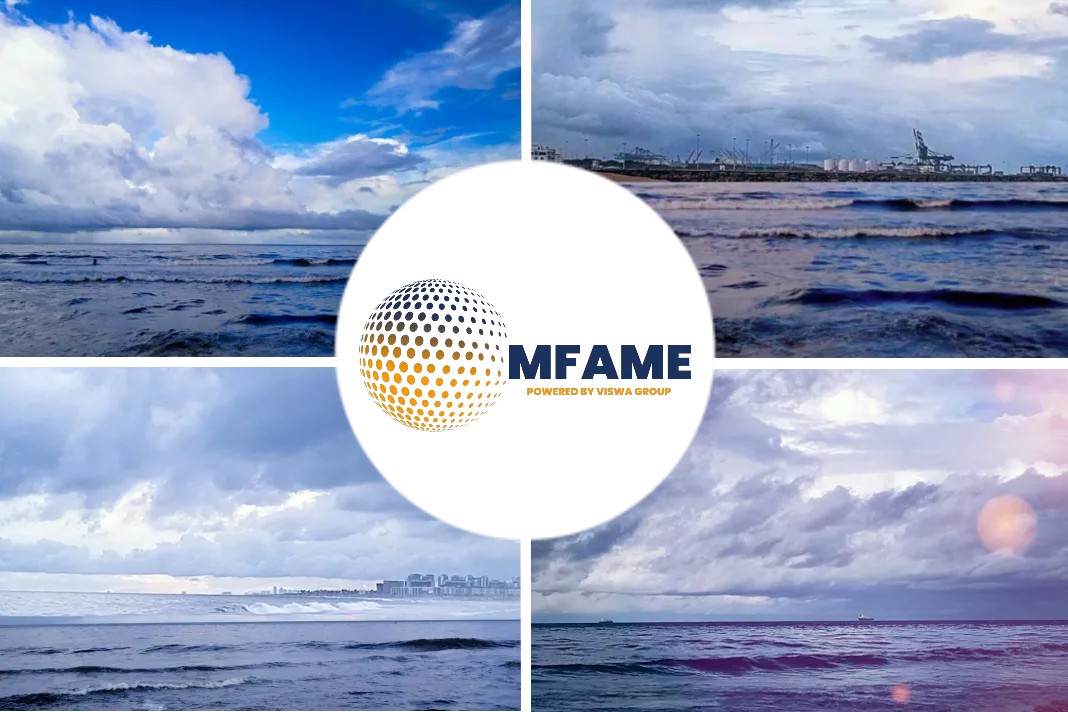- In 2020, ferry company Stena Line continued to reduce its total CO2 emissions and is ten years ahead of the IMO international shipping emission reduction targets.
- The Swedish shipping company is now accelerating the transition towards fossil-free shipping.
- It presents its plan to reduce total CO2 emissions by as much as 30% until 2030.
A recent Stena Line news says that Stena Line accelerates fossil-free shipping to reduce emissions by 30% by 2030.
Stena Line’s carbon-roadmap
Stena Line has identified four key areas to reduce carbon dioxide emissions by 30% by 2030, in order to achieve the ambitious target to become completely fossil-free by 2050.
Electrification of shipping
• Stena Line is currently a leader in the electrification of shipping; since 2018 the Stena Jutlandica battery hybrid has operated on the route between Gothenburg and Fredrikshamn. By 2030, the fossil-free ferry Stena Elektra will traverse the entire route on battery power only, a distance of 50 nautical miles.
• Electrification of our port and terminals continued during 2020 and today 99.8% renewable electricity is used within Stena Line. At 25% of Stena Line’s terminals, the ships connect to green electricity during port calls, which in 2020 reduced Stena Line’s carbon dioxide emissions by more than 13,000 tons, equal to the annual emissions from 7,200 passenger cars.
Exploring alternative fuels
• In 2015, Stena Line launched the world’s first ferry that can run on both diesel and methanol. The unique project at Stena Germanica on the line between Gothenburg and Kiel established methanol as ship fuel.
• Methanol can be produced from natural gas, coal, biomass or CO2. Using methanol eliminates emissions of sulphur and particulate matter almost entirely and nitrogen by 60% compared to traditional ship fuel.
• Stena Line investigates several alternative fuels such as hydrogen, fuel cells and in 2021 a test is planned with methanol recovered from residual steel production gases.
Modernising the fleet
• In 2020, three new next generation E-Flexer ferries have started operating on the Irish Sea. The ships are up to 30 % more energy efficient than previous vessels and are “gas ready”, prepared to be converted into gas, or methanol operation. In 2022, another two extended E-Flexers vessels will be delivered to Stena Line.
• Over the past ten years, Stena Line has modernised the fleet through more than 360 small and large efficiency measures. These include actions such as changing bulbs, propellers and rudders, using IoT such as frequency-controlled ventilation on board and new environmentally friendly Selektope anti-fouling hull coatings.
Artificial intelligence onboard
• Stena Line’s experienced captains have received a new helper on board, the AI assistant Stena Fuel Pilot, which supports them in operating the ship in the most efficient way. In 2020, Stena Fuel Pilot was installed on five ferries between Sweden and Germany and Sweden and Denmark. The plan is a fleet-wide rollout within two years.
• Stena Fuel Pilot has the potential to reduce fuel consumption by up to 5% per ship per ship and sailing, but further potential for AI support for reduced fuel consumption is being investigated.
30 % more energy-efficient vessels
“The main drivers behind the reduction of emission in 2020 are that we have introduced three new, and up to 30 % more energy-efficient vessels, on the Irish Sea.” says Erik Lewenhaupt, Group Head of Sustainability at Stena Line.
Stena Line is ten years ahead of the International Maritime Organisation (IMO) targets for energy-efficient transports, a relative reduction in CO2 emissions per unit of cargo transported, by 40 % between 2008 and 2030.
Did you subscribe to our daily newsletter?
It’s Free! Click here to Subscribe!
Source: Stena Line






















